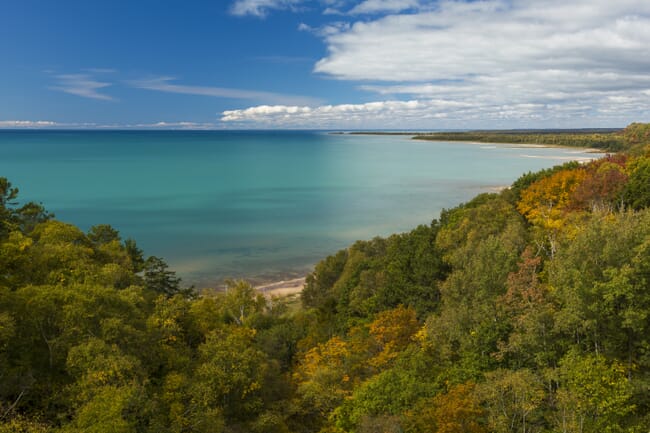
The AFS statement highlights major scientific findings related to effects of climate change on aquatic ecosystems. It also provides recommended actions, based on scientific findings, to avoid further degradation. All findings in the statement are supported by peer-reviewed scientific studies.
“Swift and resolute action by governments and by individuals to reduce emissions is essential to halt irreversible impacts to freshwater and marine ecosystems, fish, and fisheries from climate change. We must act now to safeguard our drinking water, food supplies, and human health and well-being. These grim predictions for the world’s aquatic ecosystems are not just theoretical. They are affecting us now and failure to act will imperil future generations,” said American Fisheries Society president Scott Bonar.
The signatories include The World Aquaculture Society, which has stated that it “appreciates the opportunity to team with other aquatic scientific societies in support of this initiative. Aquaculture’s ability to help alleviate the world’s need for quality protein sources is threatened by climate change.”
“Aquaculture, both freshwater and marine, employs over 21 million people and in 2018 accounted for 46 percent of global fish and seafood production and 52 percent of fish and seafood for human consumption. The impacts of human-caused climate change on production systems threaten this vital source of income and food security,” said Jimmy Avery, president of the World Aquaculture Society.
Global aquaculture production (including aquatic plants) in 2018 was 114.5 million tonnes, with the first-sale value estimated at $250 billion. UN-FAO statistics indicate that 20.5 million people were engaged in the aquaculture sector in 2018. Foodfish production occurs in both inland, freshwater systems (62 percent) and marine environments (38 percent).
As the statement affirms, freshwater ecosystems are among the most threatened on earth. Their capacity to adapt is relatively low given the nature of freshwater systems and the scale of impacts of climate change. In addition, climate change, along with excess nutrient input and deteriorating coastal ecosystems, also threatens marine aquaculture production.
“The World Aquaculture Society, through this commitment to excellence in science, technology, education, and information exchange, endeavors to contribute to the progressive and sustainable development of aquaculture throughout the world. The World Aquaculture Society looks forward to assisting in the science and educational efforts to address this critical issue,” WAS concludes.

